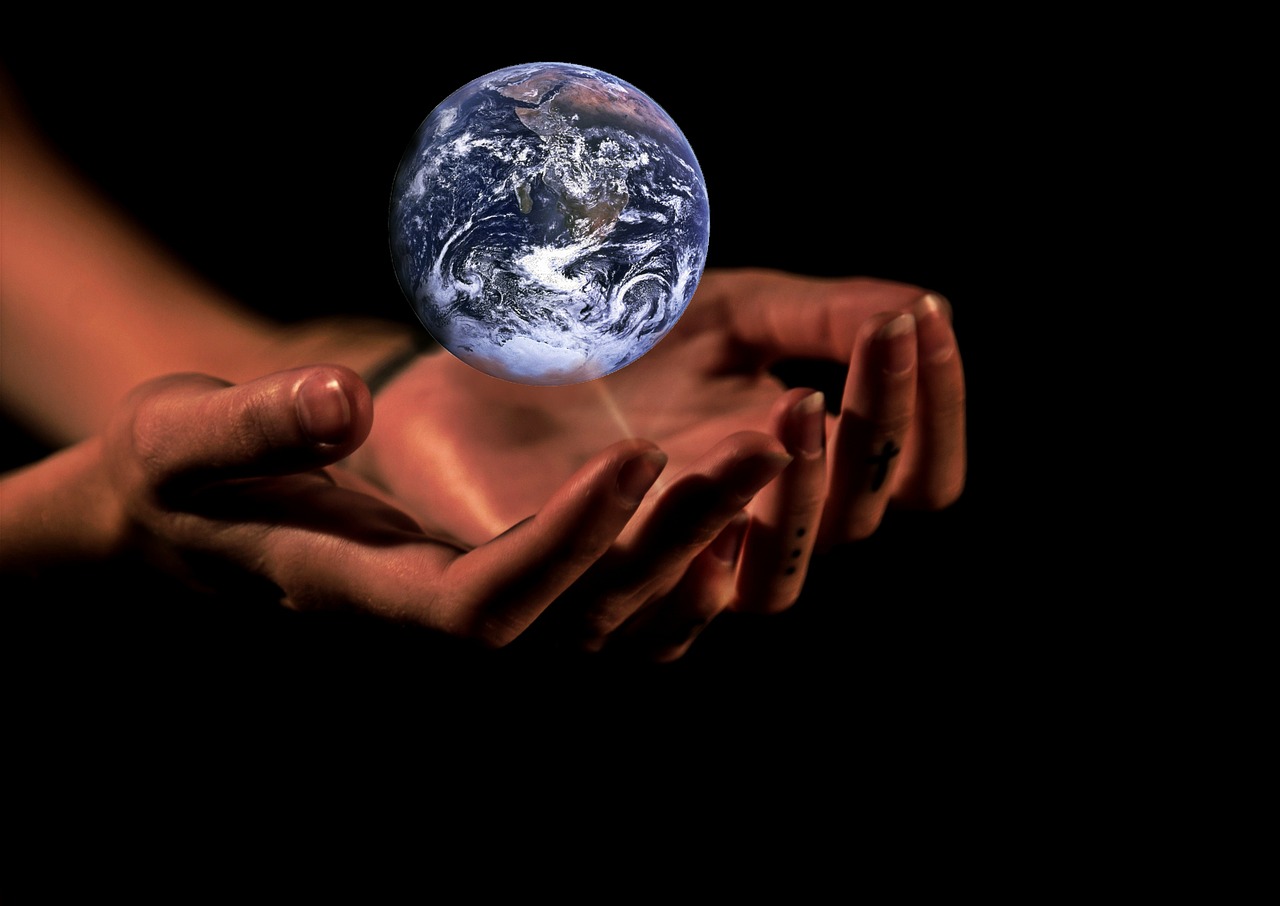
Over the past 50 years, the average global temperature has increased at the fastest rate in recorded history. And experts see the trend is accelerating. Global warming occurs when carbon dioxide and other air pollutants such as Greenhouse gases collect in the atmosphere and absorb sunlight and solar radiation that have bounced off the earth’s surface. Normally, this radiation would escape into space but these pollutants, which can last for centuries, trap the heat and cause the planet to get hotter. That’s what’s known as the greenhouse effect.
Climate change deniers have argued that there has been a “pause” or a “slowdown” in rising global temperatures, but several recent studies, including a 2015 research paper published by the America Association for the Advancement of Science, have disproved this claim. Additionally, scientists say that unless we curb global-warming emissions soon, average U.S. temperatures could increase by up to 10 degrees Fahrenheit over the next century. Not only is climate change going to affect our current environment, but it will also cause damage to the Earth hundreds of centuries in the future.
In the United States, the burning of fossil fuels to make electricity is the largest source of heat-trapping pollution, producing about two billion tons of CO2 every year. The country’s second-largest source of carbon pollution is the transportation sector, which generates about 1.7 billion tons of CO2 emissions a year. Other examples include, melting glaciers, severe droughts that can cause more dramatic water shortages and may increase the risk of wildfires in America’s west. Disruption of habitats such as coral reefs and alpine meadows could drive many plant and animal species to extinction and lastly one of the major effects is the higher outbreaks of allergies, asthma and infectious diseases that could rise highly due to the pollen producing ragweed and the higher levels of air pollution.
The good thing is that we still have time before it’s too late! If we unite and start to reduce our carbon footprint, we could reverse all the damages to the minimum. Reduce emissions by taking public transportation or carpooling when possible.When buying a car, look for one with the highest gas mileage and lowest emissions. And while new federal and state standards are a step in the right direction, much more needs to be done. Voice your support for climate-friendly and climate change preparedness policies, and tell your representatives that transitioning from dirty fossil fuels to clean power should be a top priority because it’s vital to building more healthy and secure communities. Also, remember that this change is necessary to create a brighter future for you and generations to come.






